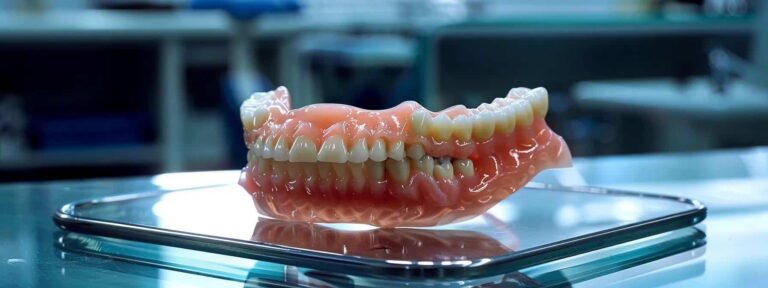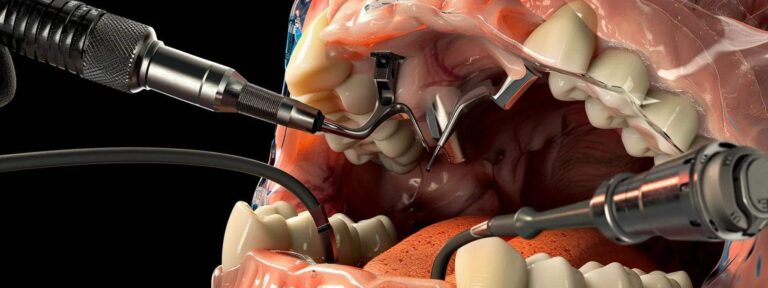When Do You Need a Crown? Common Signs and Symptoms
A dental crown is a custom-made cap that a dentist places over a tooth to restore its shape and function. This restoration covers the visible portion of the tooth above the gum line, restoring its shape, size, strength, and appearance. Understanding the circumstances that may require crowns can help you prepare for your next dentist visit. Here is more information about signs you need a crown:
Severe Tooth Decay
Extensive decay may compromise the structure of a tooth. When a simple filling is insufficient to repair the damage, a crown provides a solution. The decay is first removed, and then the crown is placed over the remaining tooth structure. A crown offers coverage, holding the weakened tooth together. Your dentist can determine whether the decay is too severe for a filling to be effective.
Cracked Tooth
A cracked or fractured tooth can result from injury, grinding your teeth, or biting down on something hard. While some cracks are minor, others can extend deep into the tooth, causing pain and putting it at risk. Crowns are used to hold the fractured pieces of the tooth together, providing stability and preventing the crack from spreading.
A crack may not always be visible, but symptoms such as pain when chewing or sensitivity to temperature changes may indicate a problem. Placing a crown over the tooth helps distribute biting forces evenly, which can alleviate discomfort and protect the tooth from additional stress. Without treatment, a cracked tooth might eventually require extraction, so addressing it with a crown is a way to preserve the natural tooth.
A crown can also restore the tooth’s appearance, making it look and feel natural again. The placement process is straightforward and typically involves two visits to the dentist. While the initial appointment focuses on preparing the tooth and taking impressions, the second visit can be used to make sure the crown fits perfectly and is securely placed.
Additional Root Canal Step
Following a root canal procedure, a tooth can become more brittle and prone to fracture. The procedure involves removing the pulp from inside the tooth, which can weaken its overall structure. To protect the treated tooth from breaking, a dentist will typically recommend placing a crown over it. The crown acts as a protective shield, allowing you to use the tooth for normal function without worrying about it fracturing. This step is a standard part of completing a root canal treatment, providing long-term support for the restored tooth.
Persistent Pain
Persistent tooth pain or sensitivity can be a sign of underlying issues. This discomfort might arise from a deep cavity, a hidden fracture, or nerve damage. When you experience ongoing sensitivity to hot or cold temperatures or a constant ache that does not subside, it is a signal to consult a dental professional.
After a thorough examination to identify the source of the pain, a crown may be recommended. If the tooth structure is compromised, a crown can cover and protect the sensitive areas. This may help reduce or eliminate the discomfort associated with the damage.
Schedule a Visit for Dental Crowns
Recognizing the signs and symptoms that may point to the need for a dental crown is the first step. If you are experiencing any of the issues described, from severe decay to persistent pain, it is a good idea to seek a professional opinion. A dentist can perform a complete evaluation to determine the cause of your symptoms and discuss whether a dental crown is the proper treatment for your specific situation. Schedule an appointment with a dentist today for a comprehensive dental examination.







